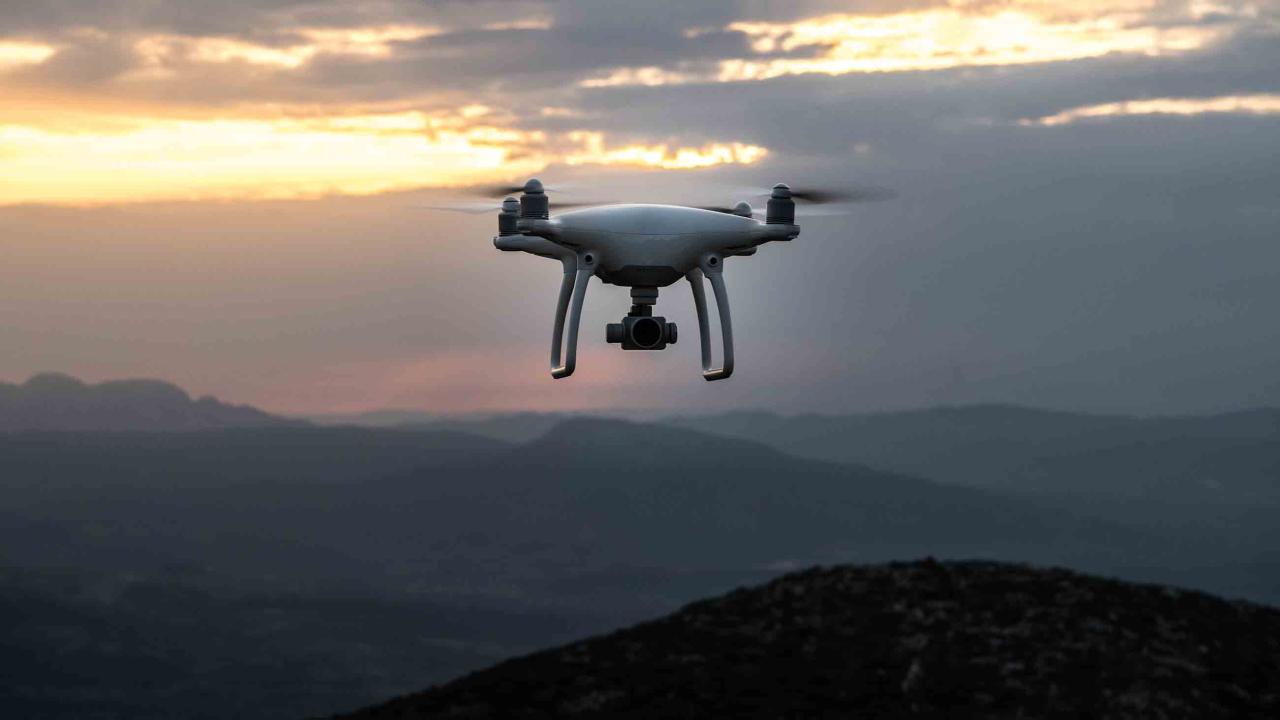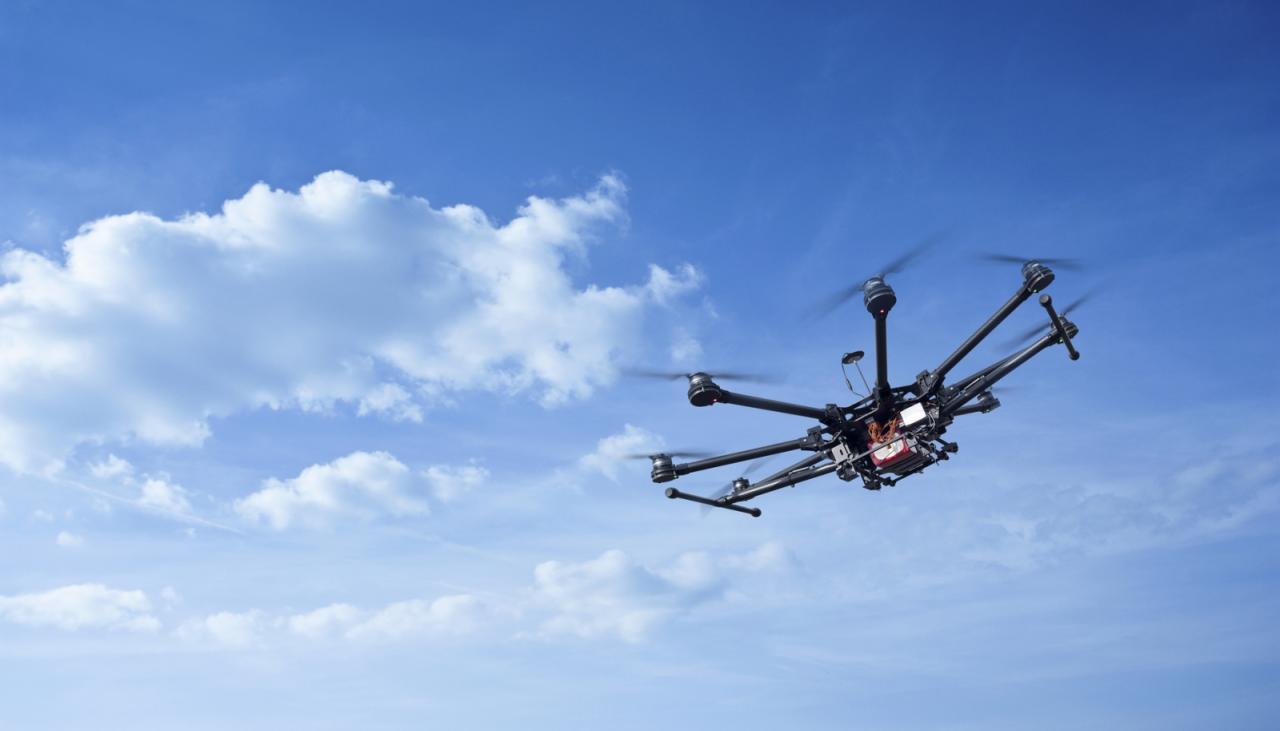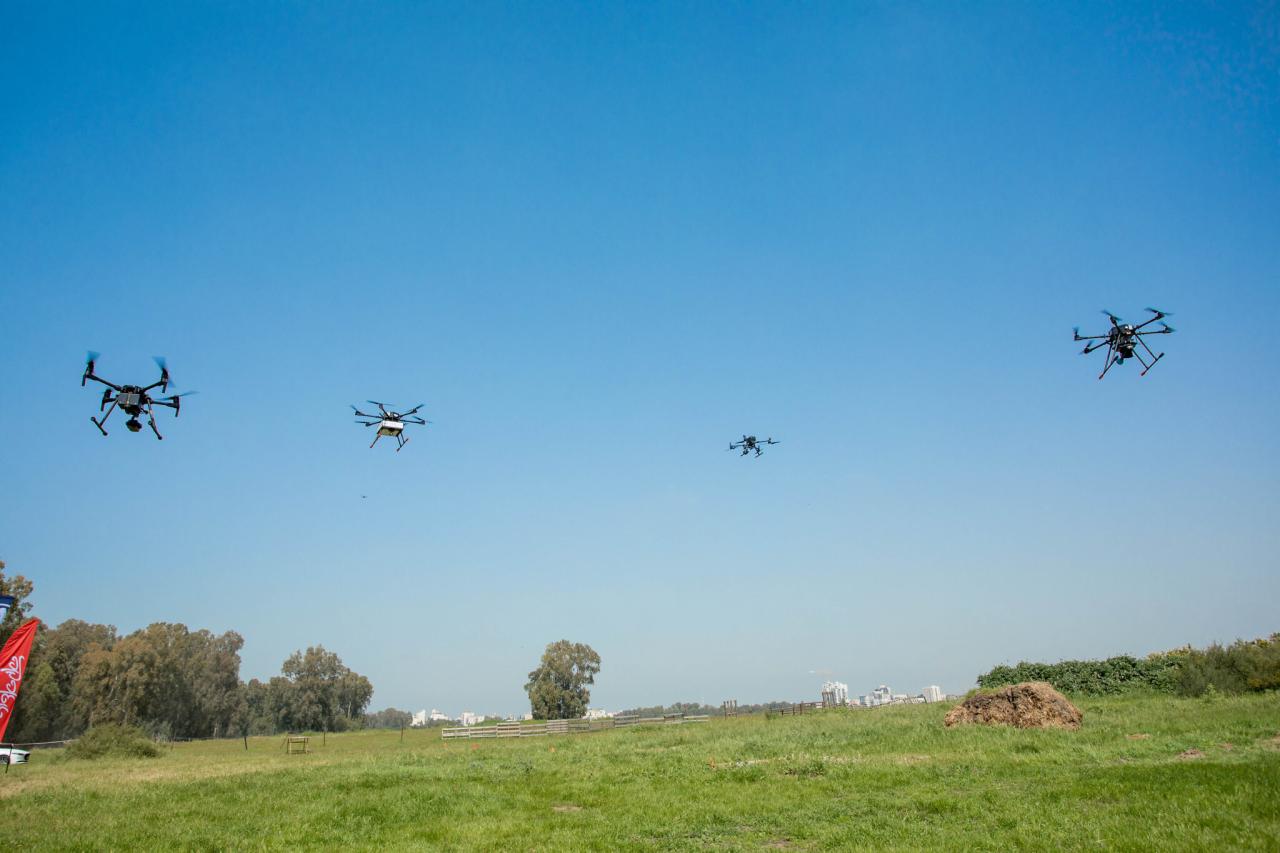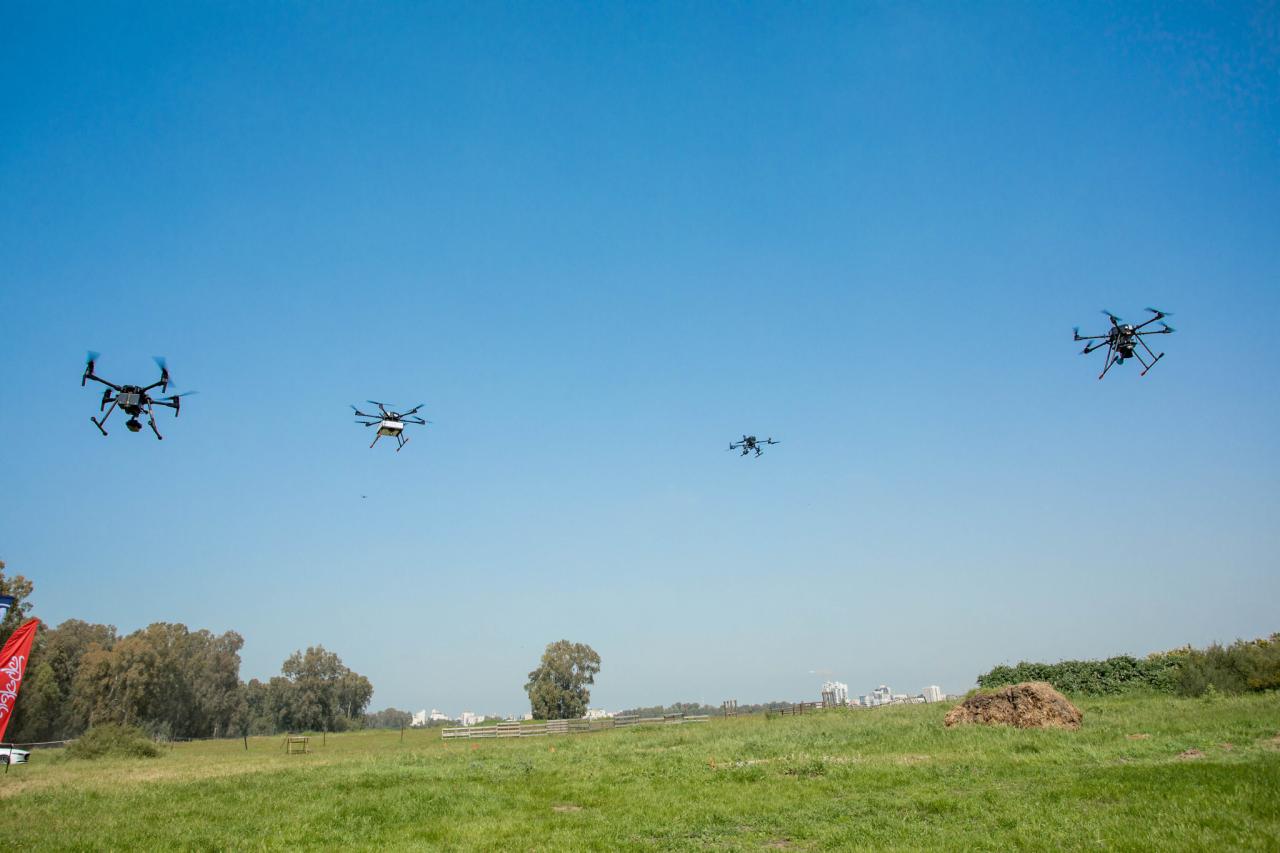Sky elements drones are revolutionizing atmospheric research. These unmanned aerial vehicles (UAVs), equipped with a variety of sophisticated sensors, are providing unprecedented access to atmospheric data. From measuring cloud properties and temperature profiles to analyzing wind patterns and air quality, drones are offering a new perspective on our atmosphere and its complex processes. This exploration delves into the technology, applications, and future potential of these remarkable tools.
We’ll cover the different types of drones used, the sensors they carry, and the data processing techniques involved. We’ll also discuss the various applications of this technology, including weather forecasting, climate modeling, and air quality monitoring, as well as the ethical and regulatory considerations surrounding their use. Finally, we’ll look ahead to future innovations and the continued advancements expected in this rapidly evolving field.
Sky elements drones are becoming increasingly sophisticated, offering incredible aerial displays. To see what’s possible, check out the amazing light shows at the orlando drone show , a great example of cutting-edge drone technology. These shows highlight the potential of sky elements drones for entertainment and beyond, inspiring future innovations in the field.
Sky Elements Drones: Revolutionizing Atmospheric Research
Drones are rapidly transforming atmospheric research, offering unprecedented access to data previously difficult or impossible to obtain. This integration of drone technology with atmospheric science allows for detailed, localized observations, leading to significant advancements in our understanding of weather patterns, climate change, and air quality.
Drone Technology in Atmospheric Research
Current drone technology utilized in atmospheric research leverages a variety of platforms, from small, lightweight quadcopters ideal for localized measurements to larger, fixed-wing drones capable of covering extensive areas. These platforms are equipped with sophisticated sensors and payloads tailored to specific research objectives.
Sensors and Payloads for Sky Element Analysis

A wide range of sensors can be integrated into drones for comprehensive sky element analysis. These include:
- Temperature and Humidity Sensors: Provide high-resolution measurements of temperature and humidity profiles throughout the atmospheric column.
- Wind Sensors: Utilize anemometers or ultrasonic sensors to measure wind speed and direction at various altitudes.
- GPS and IMU: Essential for precise positioning and orientation data, crucial for accurate data georeferencing.
- Cameras (visible and infrared): Capture high-resolution images and videos of clouds, aerosols, and other atmospheric phenomena. Infrared cameras provide thermal data for temperature mapping.
- Spectrometers: Analyze the composition of atmospheric gases, allowing for the detection of pollutants and greenhouse gases.
- Lidar: Provides three-dimensional profiles of atmospheric constituents, including aerosols and clouds.
Drone Platforms for Sky Element Data Collection
The choice of drone platform depends heavily on the specific research objectives and the scale of the study. Small quadcopters are suitable for detailed, localized measurements, while larger, fixed-wing drones are better suited for covering larger areas. Hybrid designs offer a balance of payload capacity and flight endurance.
| Drone Type | Payload Capacity | Flight Endurance | Suitable for |
|---|---|---|---|
| Quadcopter | Low to Moderate | Short to Moderate | Localized measurements, detailed observations |
| Fixed-wing | Moderate to High | Long | Large-scale surveys, long-range missions |
| Hybrid (Multirotor/Fixed-wing) | Moderate | Moderate to Long | Versatile, balance of payload and range |
Hypothetical Drone Mission Profile: Cloud Microphysics Study
A hypothetical mission could involve studying the microphysics of cumulus clouds. A quadcopter equipped with a high-resolution camera, a lidar system, and temperature/humidity sensors would be deployed. The drone would perform a series of vertical profiles through the cloud, capturing images, lidar data, and in-situ measurements of temperature and humidity. This data would then be used to model cloud droplet size distribution and ice crystal formation.
Data Acquisition and Processing Techniques

Effective data acquisition and processing are critical for accurate and meaningful results. This involves careful planning, meticulous data collection, and robust data processing techniques.
Step-by-Step Data Collection Procedure
- Flight Planning: Define the flight path, altitude, and speed based on research objectives and airspace regulations.
- Pre-flight Checks: Ensure all sensors are calibrated and functioning correctly, and the drone is fully charged.
- Data Acquisition: Execute the flight plan, collecting data according to the pre-defined parameters.
- Post-flight Checks: Download and backup the data, ensuring data integrity.
- Data Validation: Review the collected data for any anomalies or errors.
Data Processing Algorithms and Software
Various algorithms and software packages are employed to process drone-acquired atmospheric data. These include:
- Image Processing Software: Used for analyzing images and videos, identifying cloud types, and measuring cloud properties.
- Geospatial Data Processing Software: Integrates data from various sensors with geographical information, allowing for spatial analysis.
- Statistical Analysis Software: Used for analyzing and interpreting the processed data.
Sensor Calibration and Data Accuracy
Sensor calibration is crucial for ensuring data accuracy. This involves comparing sensor readings to known standards under controlled conditions. Furthermore, algorithms can be employed to correct for variations in atmospheric conditions and sensor drift.
Comparison of Data Processing Methods
| Sky Element | Data Processing Method | Software/Algorithm | Accuracy Considerations |
|---|---|---|---|
| Temperature | Interpolation/Extrapolation | MATLAB, Python libraries | Sensor drift, spatial variability |
| Wind Speed | Vector averaging, turbulence analysis | OpenFOAM, R | Sensor orientation, wind gusts |
| Cloud Properties | Image analysis, pattern recognition | ENVI, ArcGIS | Lighting conditions, cloud obscuration |
| Aerosol Concentration | Lidar data processing, scattering models | Custom software | Calibration of lidar system, atmospheric scattering effects |
Applications of Sky Elements Drones
The applications of drones in atmospheric research are vast and continue to expand. Their unique capabilities provide valuable insights into a range of atmospheric phenomena.
Drones in Weather Forecasting and Climate Modeling
Drones provide high-resolution data on atmospheric parameters like temperature, humidity, and wind, improving the accuracy of numerical weather prediction models. They are particularly useful in monitoring localized weather events and improving short-term forecasting.
Drones in Air Quality Monitoring and Pollution Control
Drones equipped with gas sensors can map the distribution of pollutants, providing valuable data for air quality monitoring and pollution control efforts. They allow for real-time monitoring of pollution sources and the effectiveness of mitigation strategies.
Benefits and Limitations of Using Drones for Atmospheric Studies
There are many advantages to using drones, but also some limitations to consider.
Thinking about using drones for aerial photography or inspections? You’ll want to check out the innovative solutions offered by Sky Elements Drones. Their expertise in this area is impressive, so make sure to visit their site for more info: sky elements drones. Sky Elements Drones really pushes the boundaries of what’s possible with unmanned aerial vehicles, making them a top choice for professionals.
- Benefits: Increased spatial and temporal resolution, cost-effectiveness compared to traditional methods, accessibility to remote areas.
- Limitations: Limited flight time and range, susceptibility to weather conditions, regulatory restrictions.
Improving Understanding of Severe Weather Events
Drones can provide crucial data during severe weather events, such as tornadoes and hurricanes. They can fly into areas too dangerous for manned aircraft, providing real-time information on wind speed, precipitation, and other critical parameters. This improves early warning systems and disaster response.
Ethical and Regulatory Considerations
Responsible and ethical operation of drones in the airspace is paramount. This requires careful consideration of safety, regulations, and ethical implications.
Safety Hazards Associated with Drone Operation

Potential hazards include collisions with other aircraft, loss of control, and damage to property. Strict adherence to safety protocols is essential to mitigate these risks.
Regulations and Guidelines for Drone Operation
Numerous regulations govern drone operation, varying by country and region. These regulations typically address issues such as airspace restrictions, pilot certification, and operational safety.
Sky Elements drones are known for their robust design and advanced features, making them popular choices for various applications. However, even the best tech can have issues, as highlighted by recent events like the drone crash in Paris , which underscores the importance of thorough pre-flight checks and adherence to safety regulations. Understanding these incidents helps Sky Elements continually improve drone safety and reliability.
Ethical Implications of Data Collection
Ethical considerations include data privacy, informed consent, and the potential misuse of collected data. Researchers must ensure responsible data handling and adhere to ethical guidelines.
Best Practices for Responsible Drone Operation, Sky elements drones
- Obtain necessary permits and licenses before operating a drone.
- Conduct thorough pre-flight checks to ensure safe operation.
- Adhere to all airspace restrictions and regulations.
- Maintain visual line of sight with the drone at all times, unless operating under specific exemptions.
- Respect the privacy of individuals and avoid collecting data without consent.
- Follow established safety protocols to minimize risks.
Future Trends and Innovations
The field of drone technology is constantly evolving, with significant advancements expected in the coming years.
Future Developments in Drone Technology
Future developments will likely focus on increasing flight endurance, payload capacity, and autonomous operation capabilities. Improved navigation systems and obstacle avoidance technology will enhance safety and operational efficiency.
Advancements in Sensor Technology
Advancements in sensor technology will lead to higher resolution, more accurate, and more diverse data collection capabilities. Miniaturization of sensors will allow for integration of a wider range of instruments onto smaller drone platforms.
Role of AI and Machine Learning
AI and machine learning will play a crucial role in processing and analyzing the large volumes of data generated by drones. These technologies can automate data processing, improve data quality, and identify patterns that might be missed by human analysts.
Conceptual Design of a Future Drone System
A future drone system for comprehensive sky element analysis might incorporate a hybrid design (combining multirotor and fixed-wing capabilities) for extended flight time and payload capacity. It would be equipped with an advanced suite of sensors including high-resolution cameras (visible and infrared), lidar, anemometers, and a variety of gas sensors. Autonomous flight capabilities, sophisticated navigation systems, and real-time data transmission would be integrated for enhanced efficiency and safety.
The system would utilize AI-powered data processing for immediate analysis and insights.
Final Review: Sky Elements Drones
Sky elements drones are transforming our ability to understand and monitor the atmosphere. By providing detailed, real-time data on a wide range of atmospheric phenomena, these tools are invaluable for advancing scientific knowledge, improving weather forecasting, and mitigating environmental risks. As drone technology continues to evolve, we can expect even more sophisticated applications and a deeper understanding of our planet’s atmosphere.
Expert Answers
How long can a sky elements drone typically fly on a single charge?
Flight time varies greatly depending on the drone model, payload, and weather conditions. It can range from 30 minutes to several hours.
What are the main safety concerns when operating sky elements drones?
Safety concerns include collisions with obstacles, loss of signal, adverse weather conditions, and potential damage to the drone or its payload.
What is the cost of a typical sky elements drone system?
Costs vary widely depending on the drone’s capabilities and the sensors included. Systems can range from a few thousand dollars to well over $100,000.
How is data privacy ensured when using sky elements drones for atmospheric research?
Data privacy is crucial. Researchers must adhere to strict regulations and ethical guidelines, anonymizing data where necessary and obtaining appropriate permissions before collecting data in populated areas.
